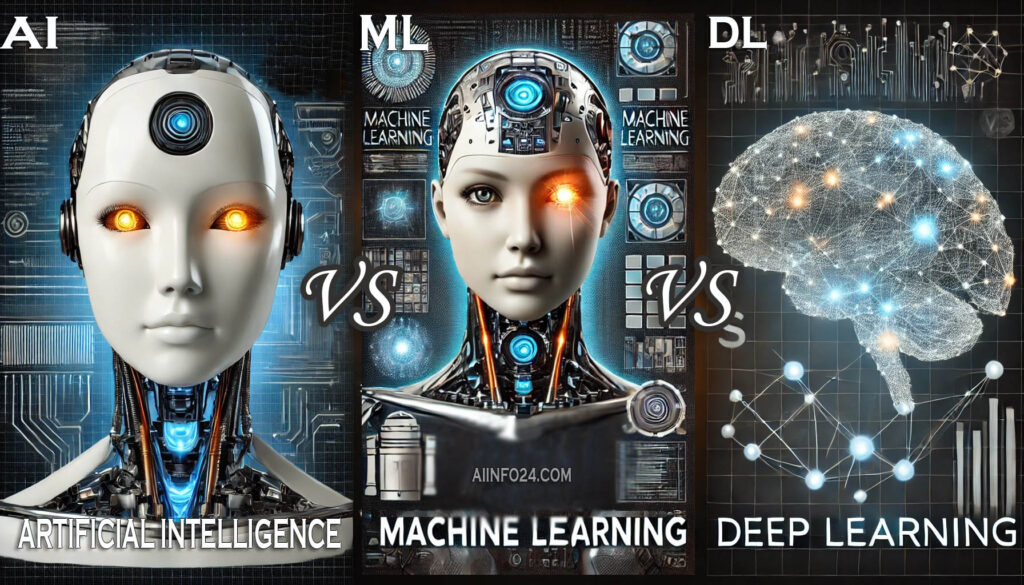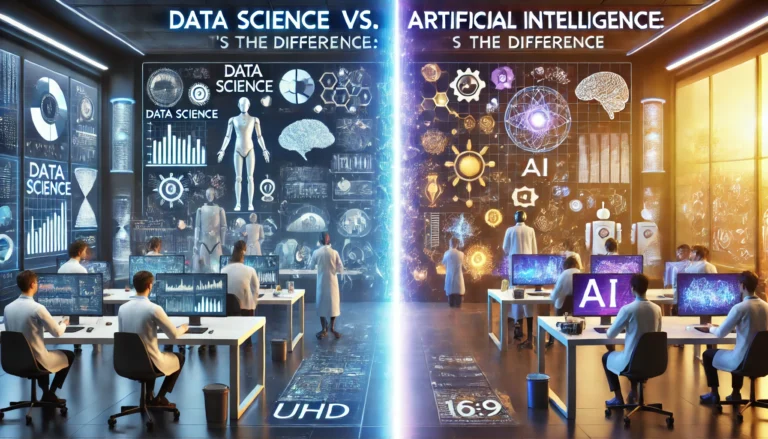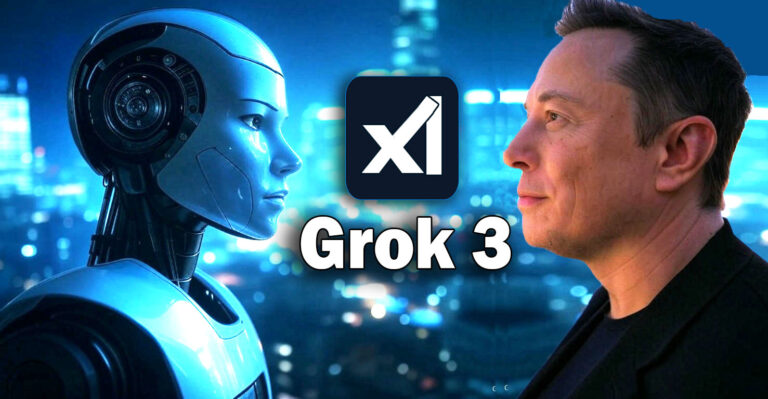
In today’s rapidly evolving tech-driven world, terms like Artificial Intelligence (AI), Machine Learning (ML), and Deep Learning (DL) are often used interchangeably. While they share a close relationship, each represents distinct concepts. Understanding their differences is essential for students, tech enthusiasts, and professionals exploring the world of advanced technology.
This comprehensive guide will break down the definitions, characteristics, examples, and key differences, including a detailed comparison table for easy understanding.
What is Artificial Intelligence (AI)?
Definition
Artificial Intelligence is the broad field of creating machines capable of simulating human intelligence processes such as learning, reasoning, problem-solving, and decision-making.
Characteristics of AI:
- Automation: AI can handle repetitive and complex tasks without human intervention.
- Adaptability: It learns from new information and adjusts to changing environments.
- Goal-Oriented: AI systems are designed to solve specific problems or achieve defined objectives.
Examples of AI:
- Virtual assistants like Siri, Alexa, and Google Assistant.
- Recommendation systems on platforms like Netflix, YouTube, and Amazon.
- Smart home devices such as thermostats and security systems.
What is Machine Learning (ML)?
Definition
Machine Learning is a subset of AI that enables systems to learn from data, identify patterns, and improve their performance over time without explicit programming.
Characteristics of ML:
- Data-Driven: ML models depend on large datasets to identify trends and make predictions.
- Iterative Process: These models improve accuracy as they are exposed to more data.
- Wide Applications: ML powers fraud detection, image recognition, and natural language processing.
Examples of ML:
- Email spam filters for sorting unwanted messages.
- Predictive text and autocomplete features on smartphones.
- Personalized recommendations for shopping or streaming services.
What is Deep Learning (DL)?
Definition
Deep Learning is an advanced subset of Machine Learning that uses neural networks with multiple layers (hence “deep”). These neural networks mimic the structure and function of the human brain, allowing them to process vast amounts of complex data.
Characteristics of DL:
- High Complexity: Requires significant computational resources to handle large datasets.
- Feature Extraction: Automatically detects and prioritizes important features in the data.
- Scalability: Performs exceptionally well with unstructured data such as images, audio, and video.
Examples of DL:
- Facial recognition systems used in smartphones and security.
- Self-driving cars, which rely on real-time analysis of traffic and road conditions.
- Natural Language Processing (NLP) tools like ChatGPT and Google Translate.
Key Differences Between AI, ML, and DL
The differences can be better understood through the following table :
| Aspect | Artificial Intelligence (AI) | Machine Learning (ML) | Deep Learning (DL) |
| Definition | Broad concept of machines simulating human intelligence. | Subset of AI where systems learn from data. | Subset of ML using neural networks for complex data. |
| Scope | Encompasses ML and DL. | Focused on improving tasks with data. | Highly specialized for unstructured data. |
| Key Functionality | Decision-making, reasoning, and automation. | Pattern recognition and predictions. | Advanced feature extraction and scalability. |
| Data Dependency | Moderate | High | Very High |
| Examples | Virtual assistants, IoT systems. | Fraud detection, recommendations. | Self-driving cars, facial recognition. |
| Complexity | General-purpose | Task-specific | Highly complex |
Applications of AI, ML, and DL Across Industries
1. Healthcare
- AI: Virtual diagnosis assistants to support doctors.
- ML: Predictive analytics for patient outcomes and treatment recommendations.
- DL: Image analysis to detect diseases like cancer through medical scans.
2. Automotive
- AI: Smart navigation and parking systems.
- ML: Traffic prediction for optimal routing.
- DL: Fully autonomous driving technologies in vehicles.
3. Finance
- AI: Fraud detection and automated customer support systems.
- ML: Credit scoring and personalized financial advice.
- DL: High-frequency trading and risk analysis models.
Challenges and Limitations
1. Artificial Intelligence (AI):
- Ethical concerns around bias and decision-making transparency.
- High costs of development and maintenance.
2. Machine Learning (ML):
- Requires vast and high-quality datasets for training.
- Vulnerable to biases in input data.
3. Deep Learning (DL):
- High computational and energy costs.
- Limited interpretability of model outputs.
Future Trends
1. Artificial Intelligence (AI):
- Development of ethical frameworks and AI regulations.
- Expansion of AI applications in underexplored industries.
2. Machine Learning (ML):
- Improved algorithms requiring fewer data inputs.
- Greater emphasis on bias mitigation.
3. Deep Learning (DL):
- Focus on energy-efficient neural networks.
- Increased research into explainable AI (XAI) models.
Conclusion
AI, ML, and DL are interconnected yet distinct technologies that form the foundation of modern intelligent systems. AI serves as the overarching concept, ML provides the tools to achieve AI, and DL offers advanced capabilities for handling complex tasks. By understanding these differences, students and professionals can effectively leverage these technologies to drive innovation and solve real-world problems.




